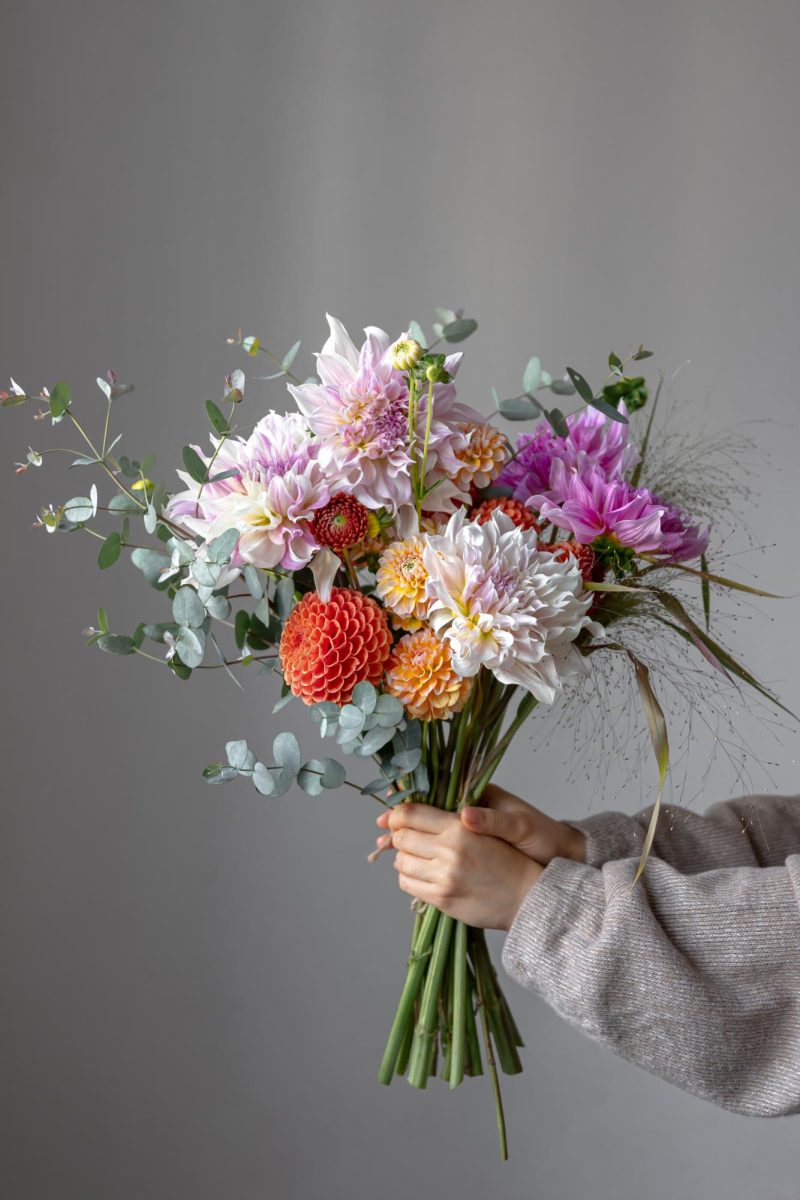Flowers have always been a symbol of beauty in civilizations for many centuries.
They are more than just mere markers for the passing of time, they symbolize milestones.
People often name their daughters after the beauty of flowers; they symbolize beauty, grace, and purity, traits they hope for their child to have.
A bouquet of flowers is a common gift on wedding days as it speaks of promises and new beginnings.
Loved ones leave flowers on the graves of their family in a way of remembrance and endings.
Poems have often used flowers to evoke images of beauty and elegance. Artists and authors alike have drawn inspiration from flowers, the most popular of them being the rose.
The idea of flowers is poetic – here for only a fleeting moment, gone in the next with only the memory of their fragrance.
Arguably the most poetic of flowers, roses have always taken the stage in famous pieces of the literary world.
Juliet sighing that “a rose by any other name would smell as sweet” was not the first, nor the last time that the flower would be referenced in literature.
During the summer, sunflowers stretch towards the sun and turn away from their shadows in their worship of the light.
In the fall, Chrysanthemums linger stubbornly despite the autumn chill, while in the spring cherry blossoms paint the sky a soft blush.
Flowers hold different meanings for different cultures, such as the sacred lotus flower in Buddhism representing purity because it grows from even the muddiest of swamps.
For the ancient Greeks, they crowned their champions in crowns of laurel. According to their stories, the goddess Athena gifted the people of Athens with the olive tree in a competition against the sea god Poseidon to win over the city.
Whereas for Christians, the dove and olive branch represents a time of peace and prosperity. In the story Noah’s ark, after 371 days at sea, Noah sent a dove in search of land.The dove returned with an olive branch in its beaks which meant that there would be land.
To this day the olive tree remains a symbol of peace and friendship, notably in the Great Seal of the United States, depicting the national bird, the eagle with a scroll in its beak.
With one claw it holds thirteen arrows after the thirteen original colonies symbolizing war. In the other, it holds an olive branch, meaning peace. Together, they denote the power of peace and war.
It was during the Victorian era when the flower language was much more popularised.
Flowers were used to send secret messages. A bouquet of flowers was chosen with a purpose and the arrangement of the flowers had different meanings.
It was a common hobby for Victorians to pass their time learning the meanings behind the flowers.
This was during a time when society imposed strict restrictions on what can be expressed in public, people had to get creative with ways to flirt and convey messages.
Le Langage de Fleurs was first published in 1819 in Paris which was the first dictionary to explain the different meanings behind flowers.
The book immediately became popular with the middle and upper classes of Victorian society, as they were bound by strict social etiquette.
The meaning of a flower is often determined by its nature. The mimosa, a bright yellow flower that resembles a fluffy ball with a strong fragrance that is often used in medicine, symbolizes chastity as it closes up at night or when touched.
Popular flowers during the Victorian era included the rose, the symbol of love that is still understood today, and the honeysuckle which stood for sweetness and bonds of love.
The flower’s colors also convey a special message and Victorians carefully chose the colors to express their emotions. Red flowers were meant to represent passion and love whereas yellow flowers are more lighthearted and symbolized friendship.
The way a person accepts a bouquet is used to respond to the message in the flowers. If they take it with their right hand, it means affirmation, whereas taking it with the left hand is a rejection.
Flowers have always captured humanity’s attention with their quiet beauty. With this, they taught us to appreciate the fleeting beauty because of their faded absence and short lifespan.

